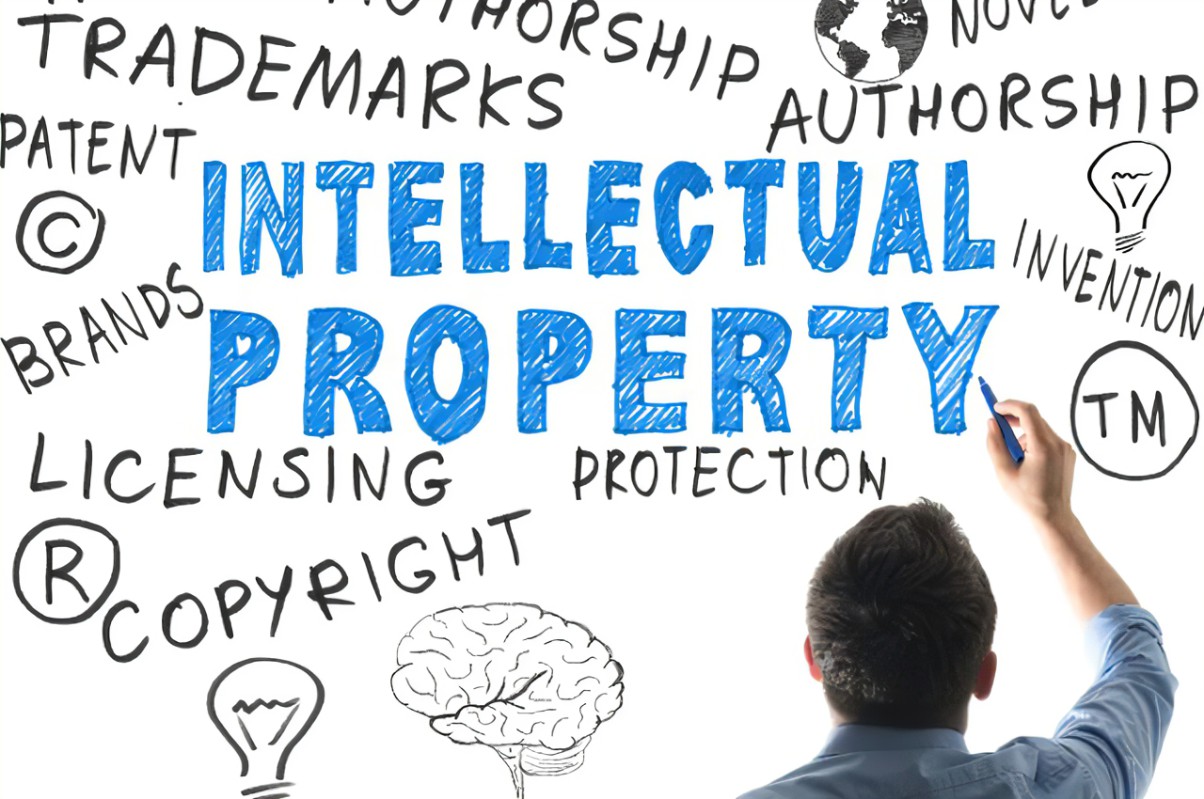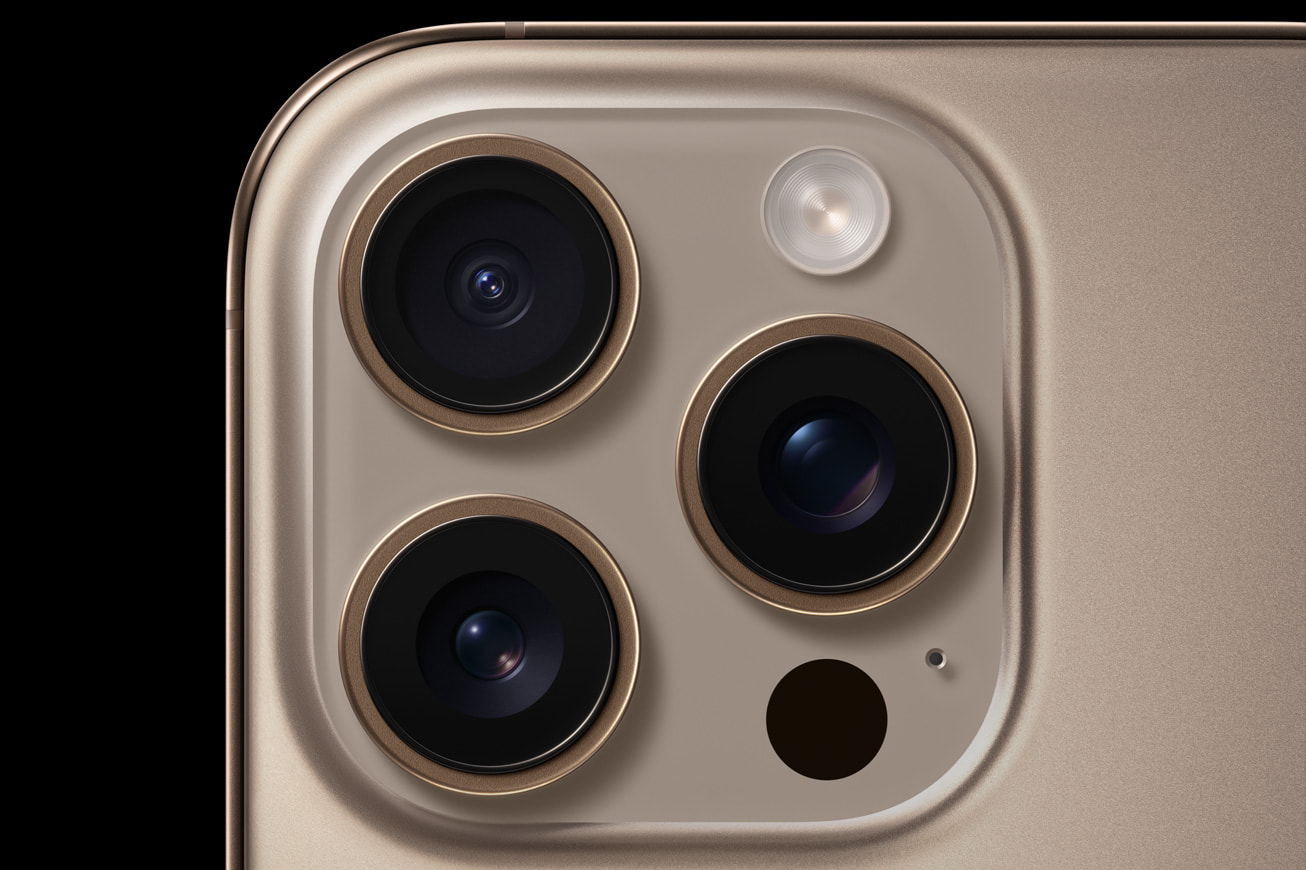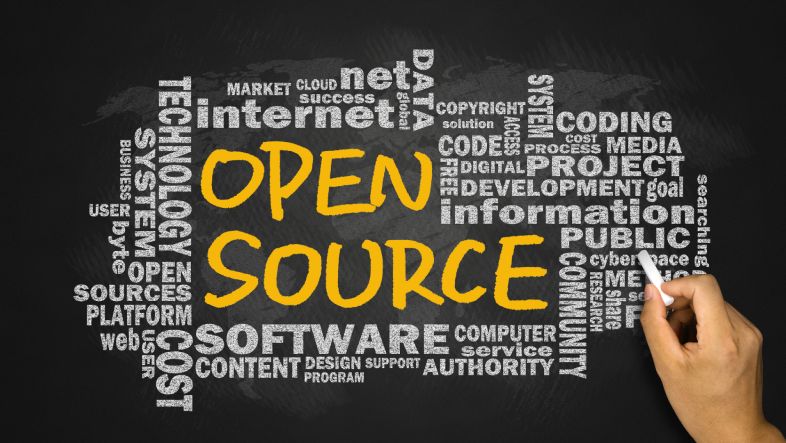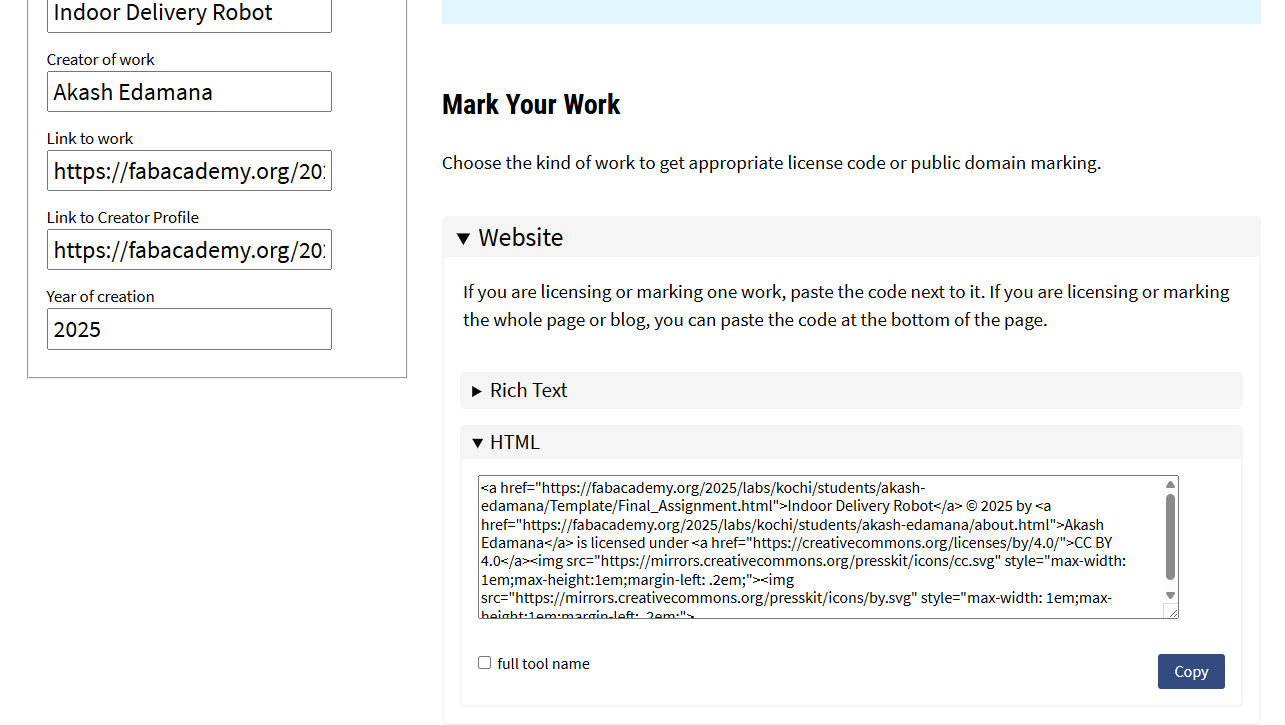Week 18
Invention, Intellectual Property and Income
Intellectual Property
Intellectual property (IP) is a legal right to protect for a creation or an idea it can be a technology, design,product or even a word.It can help the owner of the IP to protect their creation from being copied or used by others.It is a way to encourage innovation and creativity by ensuring that people and organizations can profit from their inventions and original ideas.

Image Source : https://www.ruthtrumpold.id.au/destech/?page_id=516
Patents
Patents are a form of intellectual property that grant inventors rights to make, use, sell, or license their inventions for a limited time in exchange for public disclosure of the invention.
Types of Patents
1. Utility Patents
What it covers: New and useful processes, machines, articles of manufacture, or compositions of matter.
Duration:20 years from the date of filing (maintenance fees required in the U.S.).
Example: A new type of engine or software algorithm.
2. Design Patents
What it covers: New and useful design for manufacture.
Duration: 15 years from the date of grant
Example: The unique shape of a smartphone like and I phones camera design or a piece of furniture like a Eames chair.

Image Source : pinterest.com

Image Source : www.apple.com
Open source projects
Open source projects are software or hardware projects whose source code or design files are made publicly available for anyone to use, modify, and distribute. These projects are mostly developed by communities of developers, researchers, and enthusiasts. Open source encourages transparency, innovation, and peer review, allowing for rapid improvement and broad adoption. Popular examples include the Linux operating system, the Firefox web browser, and the Arduino microcontroller platform blender software.

Image Source : www.ashnik.com
The most most important thing about open source projects is that they are free to use and modify.These softwares and projects will be developing very fast and will be easy to use the projects were updated very fast and new feature were added.And very good support for the projects.
- Creative Commons License
- GPL License
- LGPL License
- BSD License
- MIT License
- Apache License
- FAB License
MIT License
The MIT License is very permissive. It allows anyone to use, modify, distribute, and even sell your code as long as they include the original license and copyright.
Why use it?
It’s short, simple, and gives others almost total freedom.
GNU General Public License (GPL)
The GPL ensures that any software built using your code must also remain open-source. It promotes freedom and sharing by enforcing "copyleft."
Why use it?
It protects the openness of your work — others must also share their changes.
Apache License 2.0
Similar to MIT, but with extra protections like patent rights. It's business-friendly and good for projects that may involve legal risks.
Why use it?
It’s great for commercial use and protects contributors from patent claims.
Creative Commons licenses
Creative Commons licenses are a set of public copyright licenses that allow creators to share their work while retaining some rights. These licenses enable creators to specify how others can use, share, and build upon their work, promoting collaboration and innovation.
There are several types of Creative Commons licenses, each with different permissions and restrictions. The most common types include:
- CC BY (Attribution): Allows others to use, distribute, and build upon the work, even commercially, as long as they credit the original creator.
- CC BY-SA (Attribution-ShareAlike): Similar to CC BY, but requires derivative works to be licensed under the same terms.
- CC BY-ND (Attribution-NoDerivs): Allows others to use the work for any purpose, including commercial use, but does not allow modifications.
- CC BY-NC (Attribution-NonCommercial): Allows others to use the work for non-commercial purposes only, with attribution to the creator.
- CC BY-NC-SA (Attribution-NonCommercial-ShareAlike): Similar to CC BY-NC, but requires derivative works to be licensed under the same terms.
- CC BY-NC-ND (Attribution-NonCommercial-NoDerivs): The most restrictive license, allowing others to download and share the work without modifications for non-commercial purposes only.
For my project i am choosing a CC BY because it is most suitable for my project since it is a project that has huge capability in the future it and it is a sector which is getting more and more attention and becoming more meaningful in the world so the project i did can be helpful for the future development.And it also have a huge capability in the future to be a product which can be used by people all over the world.
So I will add the license to my final project page where I document and share all the resource files related to my Flip Table project.The applying the license in my documentation is pretty simple
Steps to apply the license in my documentation are as follows:1. Go to the Creative Commons License Chooser.
2. Select the license you want to apply.And fill in the required information

3. After filling the required the code needed for embedding in a website or the copies can be downloaded from the Creative Commons website.

This is the license for my project
After creating this i added it to my final project page

Copyright
Copyright is a legal right that grants creators exclusive rights to their original works, such as literature, music, art, software, and other creative expressions. It protects the expression of ideas rather than the ideas themselves. Copyright gives creators control over how their works are used, distributed, and reproduced.
Trademark
A trademark is a symbol, word, or phrase legally registered or established by use as representing a company or product. It distinguishes goods or services from those of others and helps consumers identify the source of a product or service. Trademarks can include logos, brand names, slogans,and even distinctive packaging.
Conclusion
I have learned about the basics of Invention, Intellectual Property, and Income and select a license for my project.

